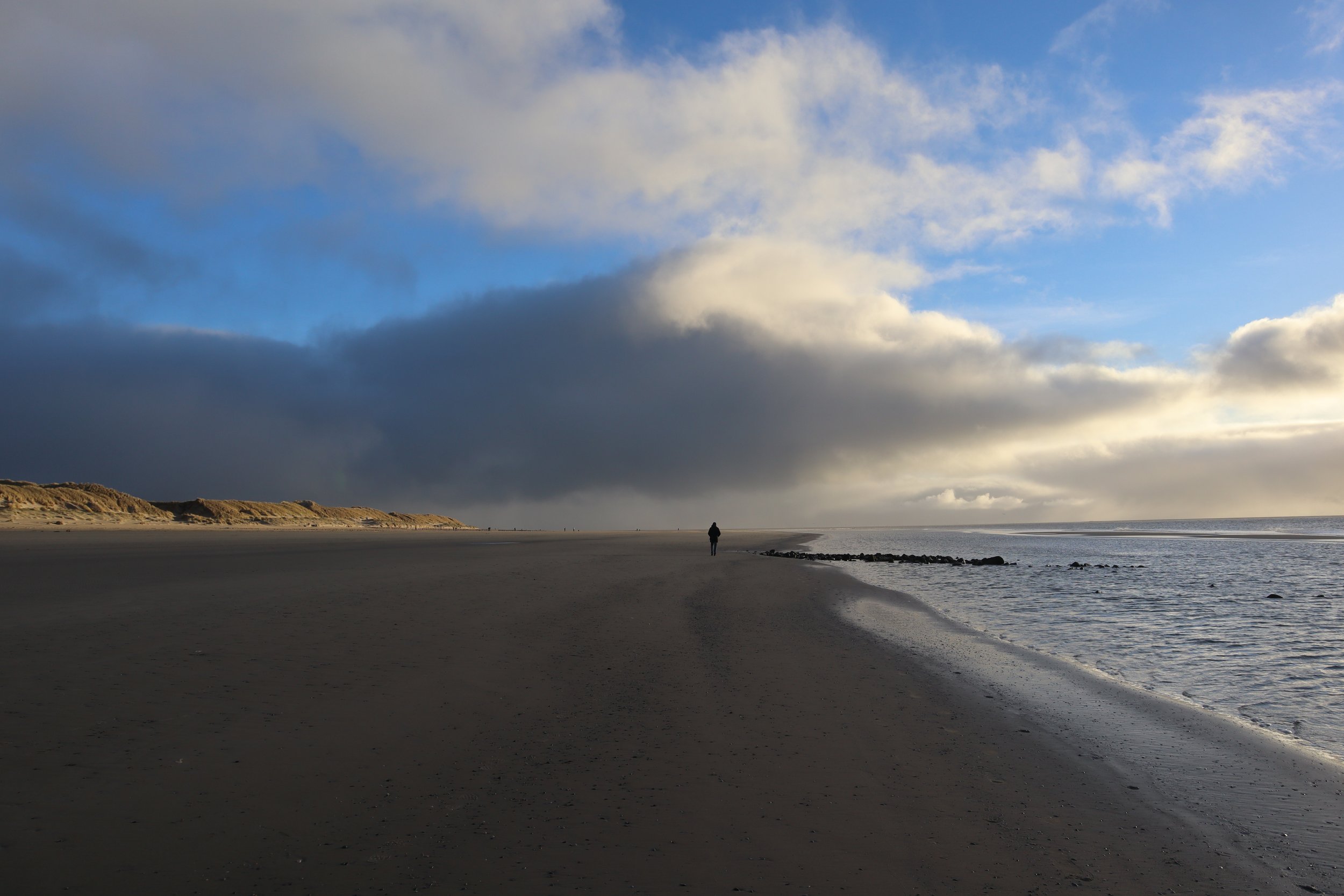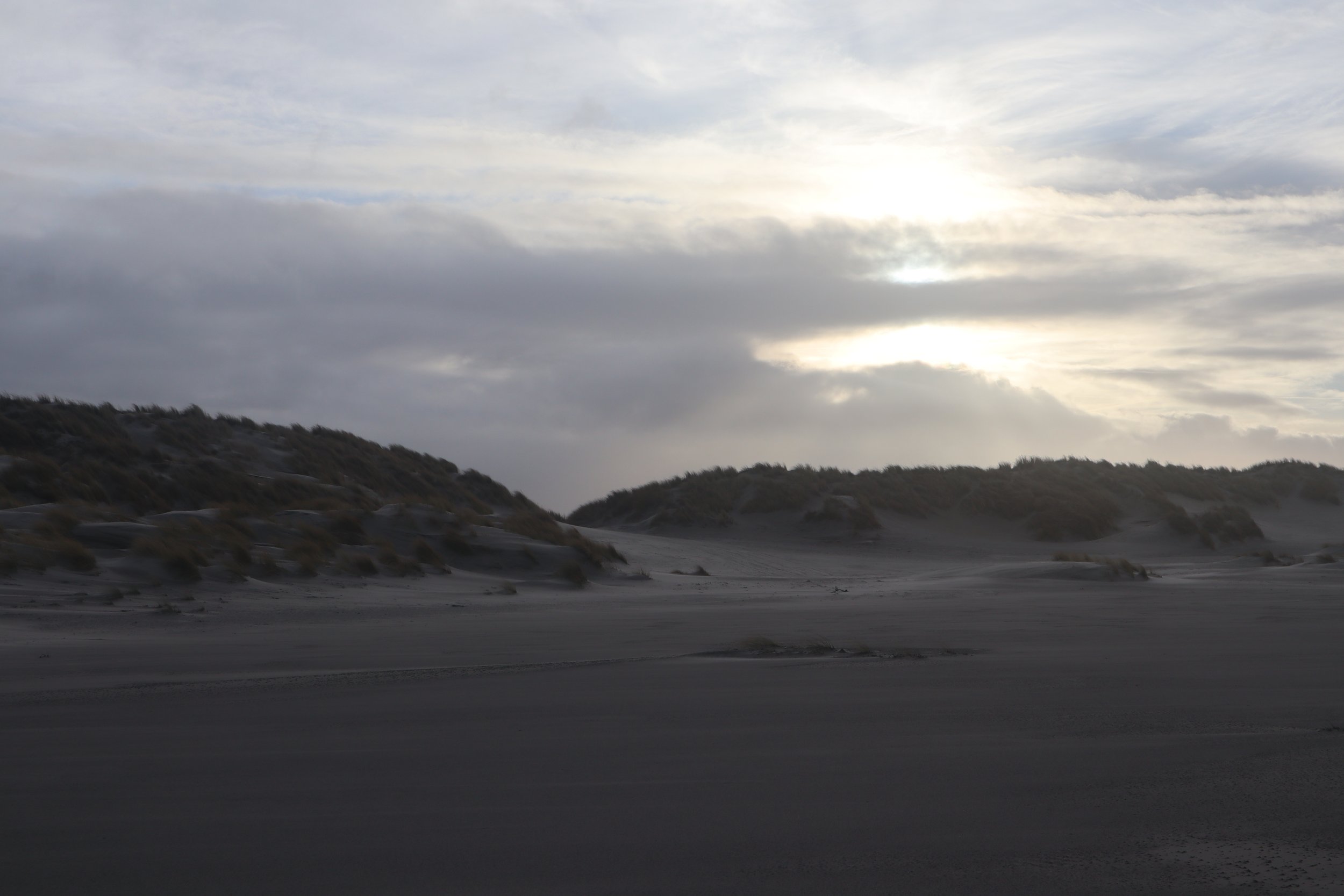
Wadden Sea
The Wadden Sea is one of the world’s largest tidal mudflats that spans from The Netherlands all the way to Denmark. It’s home to a variety of organisms, and a very important ecosystem.
last updated on 13 February 2024
Map of the Wadden Sea World Heritage Site
source: https://www.waddensea-worldheritage.org/one-wadden-sea-one-global-heritage
About the Wadden Sea
The Wadden Sea is a large tidal mudflat that spans from the north coast of The Netherlands all the way to the west coast of Denmark. This means that with its 500 km long coast line, it’s the world’s largest tidal mudflats.¹
Twice a day during low tide, the sea floor transform into a large mudflat. The mudflat is home to an enormous variety of organisms. Around 10-12 million birds pass through the the area on an anual basis, proving the importance for migratory birds. Hence why it was declared a UNESCO World Heritage Site in 2009.² However, not only is the Wadden Sea an important place for birds but also for many fish species, phytoplanktons, crabs, clams, and even seals, such as the harbour seal and the grey seal. Furthermore, the Wadden Sea has an abundance of seaweed and algae which play a large role in the production of oxygen.³
My trip to the Wadden Sea
In January 2024, I went to one of the Wadden Islands for a weekend: Ameland, The Netherlands.
For the first time in a couple of weeks we had some sun which meant long walks along the shore line looking for ocean treasures. When walking on this beach, it immediately becomes clear how lively this ecosystem is. We found so many shells, cuttlebones, sea weed, crab skeletons and even an egg case from some kind of cartilaginous fish (I think a blonde ray or Raja brachyura, but I’m not sure)
The Wadden Sea is of great importance for various sharks and rays species, and recently it was discovered that they are important for the Wadden sea too. As it turns out, the sharks and rays stir up the sediments, which forms new bumps in the sand that provide new opportunities for food and safety for other species.⁴ Since the shark and ray numbers are in decline, it was super cool to see an egg case. I tried to see if I saw an embryo inside (which I unfortunately did not) but I put it back into the sea as recommended by the Shark Trust anyway.⁵
Egg case of some kind of cartilaginous fish, I think a ray. If anyone knows for sure, please let me know!
Photo by me (2024)
Since the Wadden Sea is home to two different species of seal, we were obviously hoping to see one. The most common seal species of the Wadden is the Harbour seal (Phoca vitulina) and their pups are born during the summer. In winter however, the Grey seals (Halichoerus grypus) give birth to their pups.⁶
On our last day in Ameland we were finally lucky: we saw a seal! Unfortunately, the seal was not doing too well, so we decided to call the Seal Rescue and Rehabilitation Centre Pieterburen to check up on her. We later got an update saying that she was a harbour seal born last summer that had caught a lung worm infection. They took her back to the centre and are treating her. She was named Restello, and once she gets her strength back they will release her back into the wild!
Not every seal on the beach is in need of help. If you see a seal please remember these few points:
Keep your distance and urge others to do the same (at least 30m);
Keep your dogs close, or put them on a lead;
if there’s a pup, check if you can see a mother (seal pups are often left alone on the beach while the mother hunts for food);
In case of doubt: a quick google search will give you the phone number of the local organisation that can help you out.
If you want to donate to the rescue centre, plan a visit to meet the seals, or just have a browse on their website, you can click here.
The harbour seal we found on the beach
Photo by me (2024)






Sources
Common Wadden Sea Secretariat (2016) Report on the State of Conservation of the World Heritage property “The Wadden Sea (N1314)”. Wilhelmshaven, Germany.
Leurs, G., Nieuwenhuis, B O., Zuidewind, T J., Hijner, N., Olff, H., & Govers, L L. (2023). Where land meets sea: Intertidal areas as key-habitats for sharks and rays. Fish and Fisheries, 24, 407–426. https://doi. org/10.1111/faf.12735



